Before We Begin
Windows • macOS • iOS • Android 100% secure
So, you’ve marked up plans in Bluebeam and flattened the PDF. Now, you need to make edits. But you didn’t save an unflattened version. Now, what? Is there any way to recover the flattened elements without having to redo all the markups?
Fortunately, Bluebeam allows you to unflatten previously flattened PDFs. But it’s not that simple. You may not restore all the documents, as the flattening result depends on how they were flattened.
But don’t worry! In this guide, I’ll explain how to unflatten in Bluebeam using the standard method and what to do when the unflatten option doesn’t work.
Part 1. How to Unflatten in Bluebeam?
If you’ve flattened a PDF in Bluebeam and now need to reverse it, Bluebeam makes it easy. The program allows you to unflatten your file and restore its layers. If your document includes multiple markup layers, you can choose to unflatten all or only specific layers as needed.
Here’s how to unflatten a PDF in Bluebeam.
- Open the PDF you had previously flattened with Bluebeam.
- Once your file opens, click the “Document” tab at the top. Then, select “Unflatten” from the menu.

- A pop-up window will open. From here, select the markup layers you want to unflatten. Then, click “Unflatten.”

Part 2. Why is Bluebeam Unflatten Not Working?
Sometimes, the standard method to unflatten Bluebeam PDFs doesn’t work as expected. This can happen for several reasons. Below, I’ve outlined the most common causes along with effective solutions to help you unflatten your Bluebeam PDF effortlessly.
Reason 1: PDF Flattened Without “Allow Markup Recovery”
When flattening a PDF in Bluebeam, you’ll see an option “Allow Markup Recovery (Unflatten).” Selecting it is the only way to unflatten the PDF later on. The most common reason behind Bluebeam Unflatten not working is that you did not check this option during flattening.
However, don't despair. There are still ways to recover the interactive elements you need. Below, I've outlined two effective methods that can help.
Fix 1: Make Form Fillable with UPDF
If the elements you want to recover are interactive form fields rather than markups, UPDF can help you unflatten them easily. Its built-in automatic form field recognition can detect and recreate fields even in flattened PDFs. This allows you to edit or fill them easily. So, click below to download UPDF. Then follow the steps below.
Windows • macOS • iOS • Android 100% secure
- Open UPDF and click “Open File” from the top. Then import the PDF form you want to unflatten.
- Once your document opens, click “Tools” from the top. Then, select “Form” from the menu.

- Click “More” from the top toolbar. Then, choose “Form Field Recognition.”

- Click “Continue” from the pop-up. Now, all fields in your form will unflatten. Edit the fields as needed. Then, click the down arrow in the top right and select “Save As” to store your PDF.

Fix 2: Restore to the Previous Version
If you want to unflatten Bluebeam PDFs to recover your markups, another solution is to restore your document to a previous version. However, this method will work only if you have the File History option enabled in your PC settings.
Here's how it works.
- Locate your PDF file in its original folder.
- Right-click on the file. Then, select “Restore previous versions.”

- Choose the version saved before the file was flattened. Then, click “Restore” to recover it.
Reason 2: Modifying the PDF After Flattening
In Bluebeam Revu, you can’t unflatten markups after editing a PDF’s page content. The editing can include any commands such as editing text, searching and replacing, cutting or erasing content, reducing file size, applying redactions, color processing, and document repair.
Fix: Unflatten Markups Before Editing
If you need to edit your PDF in any way, make sure to unflatten it first. Then perform the edits you need. You can re-flatten the markups afterward if required. This way, you can prevent your markups from being permanently merged into the document.
Part 3. Bonus Tip: The Best Way to Flatten PDF - UPDF
If you’re looking for an easier and more flexible way to flatten Bluebeam documents, UPDF makes the process quick and simple. It allows you to choose exactly which elements you want to flatten. These can be markups, form fields, cropped pages, or watermarks. It has a simple interface with no complex steps or learning curve.
So, don’t miss out! Download and install UPDF on your computer. Then, follow these steps to flatten your PDF.
Windows • macOS • iOS • Android 100% secure
- Open the PDF in UPDF. Then, click the down arrow button from the top right. From the menu, select “Save as Flatten” located at the bottom.

- From the new window, go to the bottom and select the elements you want to flatten. These can be comments, forms, watermarks, and cropped pages.

- If needed, click the drop-down under “Reduce File Size” to compress the PDF. You can also set a password to secure the document. Once done, click “Save As” to save the PDF.

That’s it! UPDF makes it simple to flatten an interactive PDF. But it doesn’t stop there. UPDF is designed to help you handle every aspect of your documents more productively.
Here are some of its key features.
- Protect PDF: Secure your files with passwords, redaction, sanitizing metadata, or converting PDFs to images.
- Markup PDF: Highlight, underline, strikethrough, or add text boxes, callouts, sticky notes, and more.
- Create PDF: Start from a blank page or convert other files into PDFs. Add text, images, shapes, or links to design new documents.
- Measure PDF: For architectural or technical layouts, you can measure distances, draw perimeters, and calculate areas.
- Edit PDF: Modify text, images, links, backgrounds, watermarks, and more to fully customize your files.
- Run OCR: Turn scanned or image-based PDFs into editable and searchable text.
- UPDF AI: Summarize, translate, explain complex topics, and even generate mind maps.
If you want to learn more about UPDF’s capabilities, be sure to read this review or watch the video below.
Conclusion
That’s all about how to unflatten in Bluebeam. You can restore all or selected markup layers if “Allow Markup Recovery” was enabled during flattening. If not, you can recover form fields using UPDF, revert to a previous version, or ensure no edits were made after flattening.
If you're looking for an easier way to flatten interactive PDFs, UPDF is just what you need. You can choose which elements to flatten. All the other PDF tools are a bonus. Plus, you can get started for free. So, go ahead. Download it today to start managing your documents smarter! If you want to upgrade to pro version after testing, the price is very cheap. Check and upgrade here.
Windows • macOS • iOS • Android 100% secure
 UPDF
UPDF
 UPDF for Windows
UPDF for Windows UPDF for Mac
UPDF for Mac UPDF for iPhone/iPad
UPDF for iPhone/iPad UPDF for Android
UPDF for Android UPDF AI Online
UPDF AI Online UPDF Sign
UPDF Sign Edit PDF
Edit PDF Annotate PDF
Annotate PDF Create PDF
Create PDF PDF Form
PDF Form Edit links
Edit links Convert PDF
Convert PDF OCR
OCR PDF to Word
PDF to Word PDF to Image
PDF to Image PDF to Excel
PDF to Excel Organize PDF
Organize PDF Merge PDF
Merge PDF Split PDF
Split PDF Crop PDF
Crop PDF Rotate PDF
Rotate PDF Protect PDF
Protect PDF Sign PDF
Sign PDF Redact PDF
Redact PDF Sanitize PDF
Sanitize PDF Remove Security
Remove Security Read PDF
Read PDF UPDF Cloud
UPDF Cloud Compress PDF
Compress PDF Print PDF
Print PDF Batch Process
Batch Process About UPDF AI
About UPDF AI UPDF AI Solutions
UPDF AI Solutions AI User Guide
AI User Guide FAQ about UPDF AI
FAQ about UPDF AI Summarize PDF
Summarize PDF Translate PDF
Translate PDF Chat with PDF
Chat with PDF Chat with AI
Chat with AI Chat with image
Chat with image PDF to Mind Map
PDF to Mind Map Explain PDF
Explain PDF Scholar Research
Scholar Research Paper Search
Paper Search AI Proofreader
AI Proofreader AI Writer
AI Writer AI Homework Helper
AI Homework Helper AI Quiz Generator
AI Quiz Generator AI Math Solver
AI Math Solver PDF to Word
PDF to Word PDF to Excel
PDF to Excel PDF to PowerPoint
PDF to PowerPoint User Guide
User Guide UPDF Tricks
UPDF Tricks FAQs
FAQs UPDF Reviews
UPDF Reviews Download Center
Download Center Blog
Blog Newsroom
Newsroom Tech Spec
Tech Spec Updates
Updates UPDF vs. Adobe Acrobat
UPDF vs. Adobe Acrobat UPDF vs. Foxit
UPDF vs. Foxit UPDF vs. PDF Expert
UPDF vs. PDF Expert

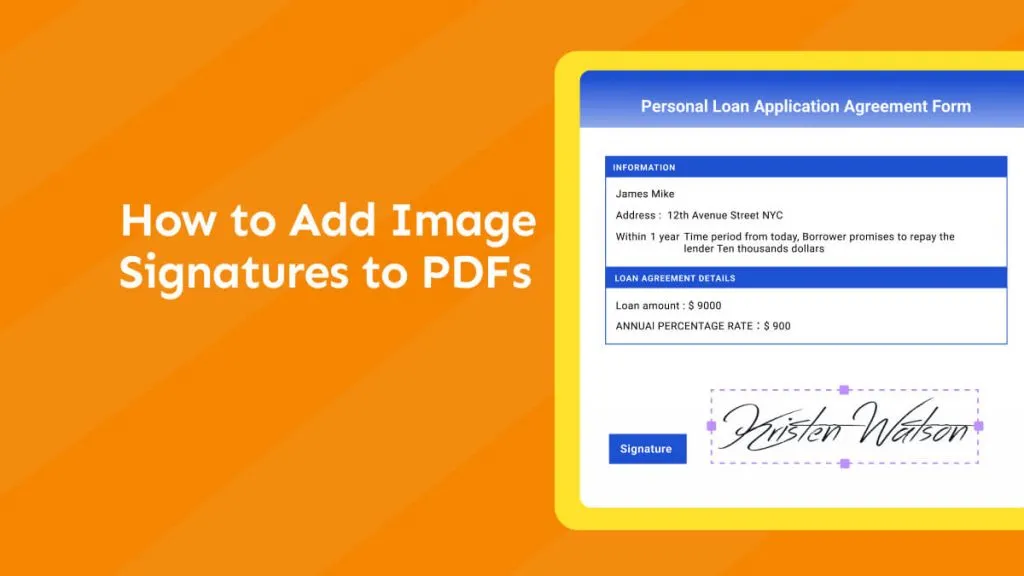
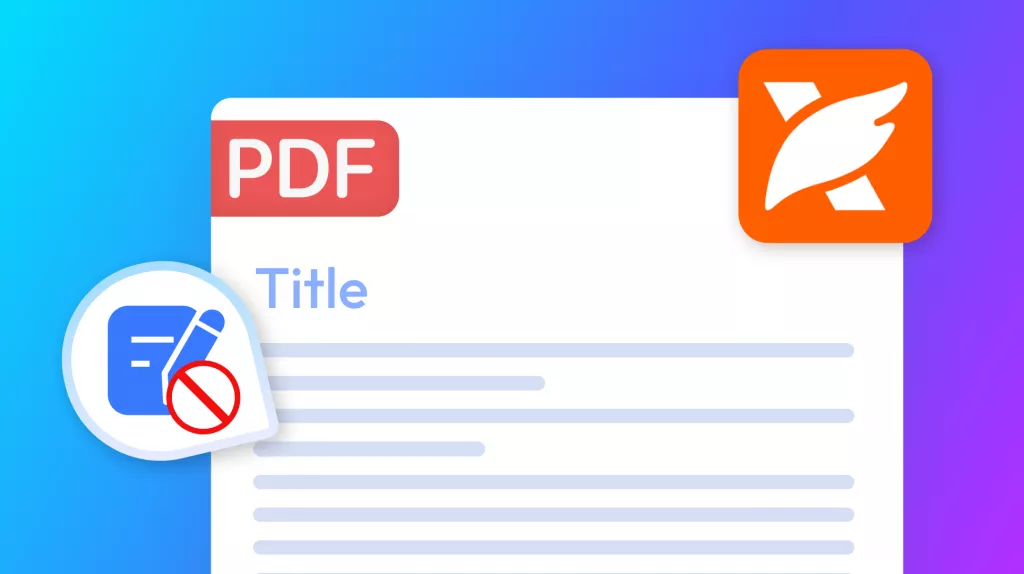
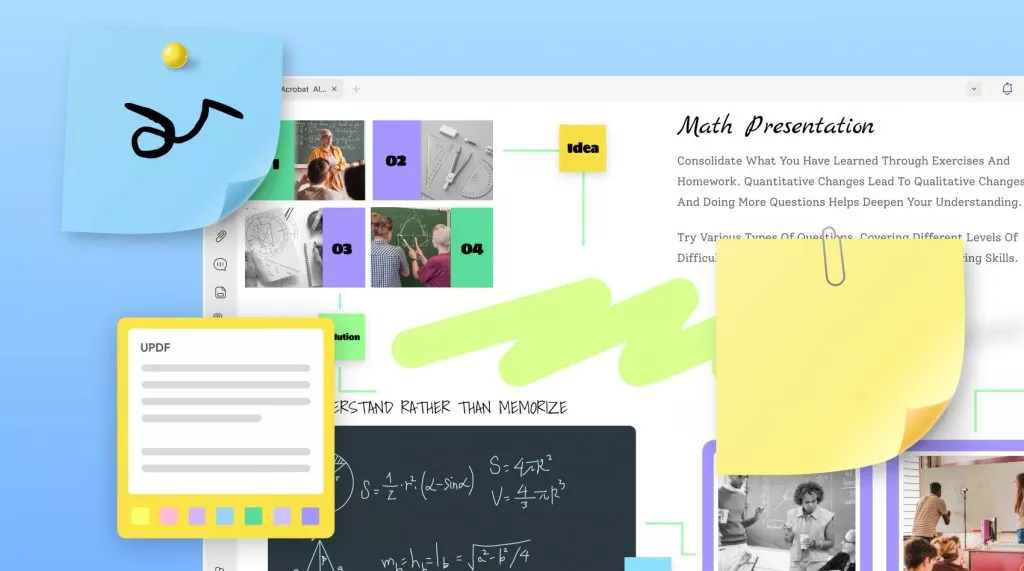
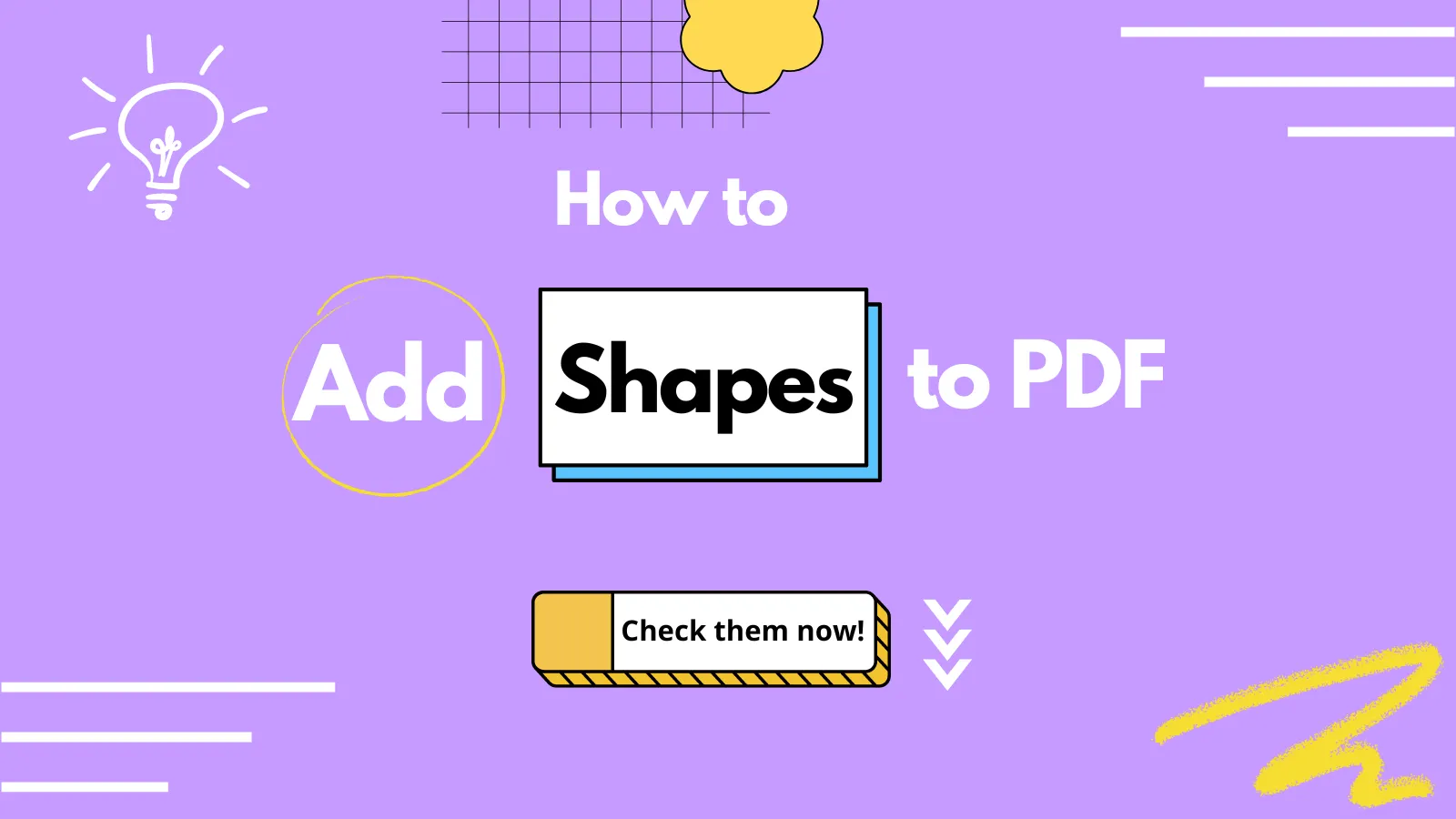

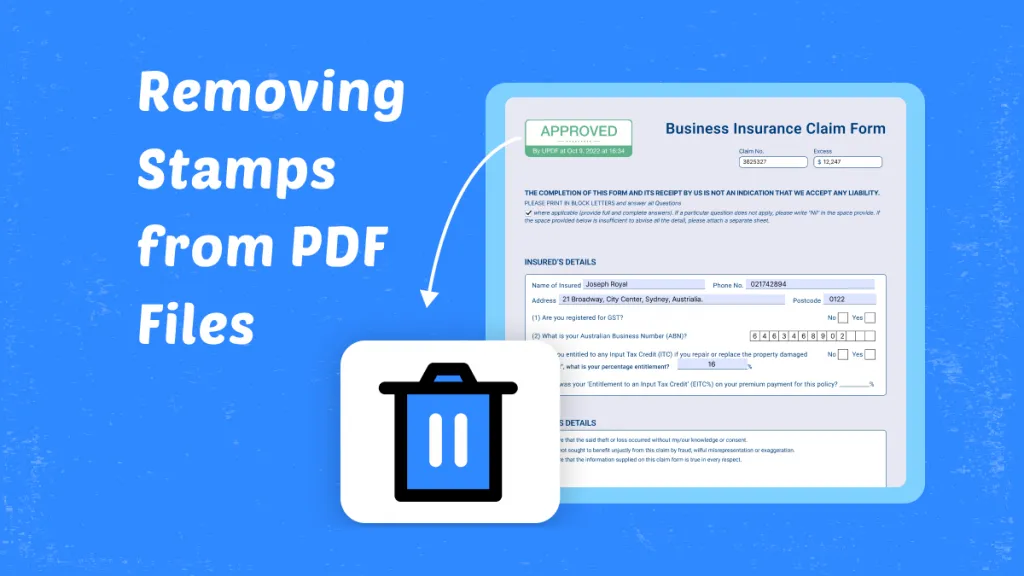
 Lizzy Lozano
Lizzy Lozano 
 Enola Miller
Enola Miller 

 Enid Brown
Enid Brown